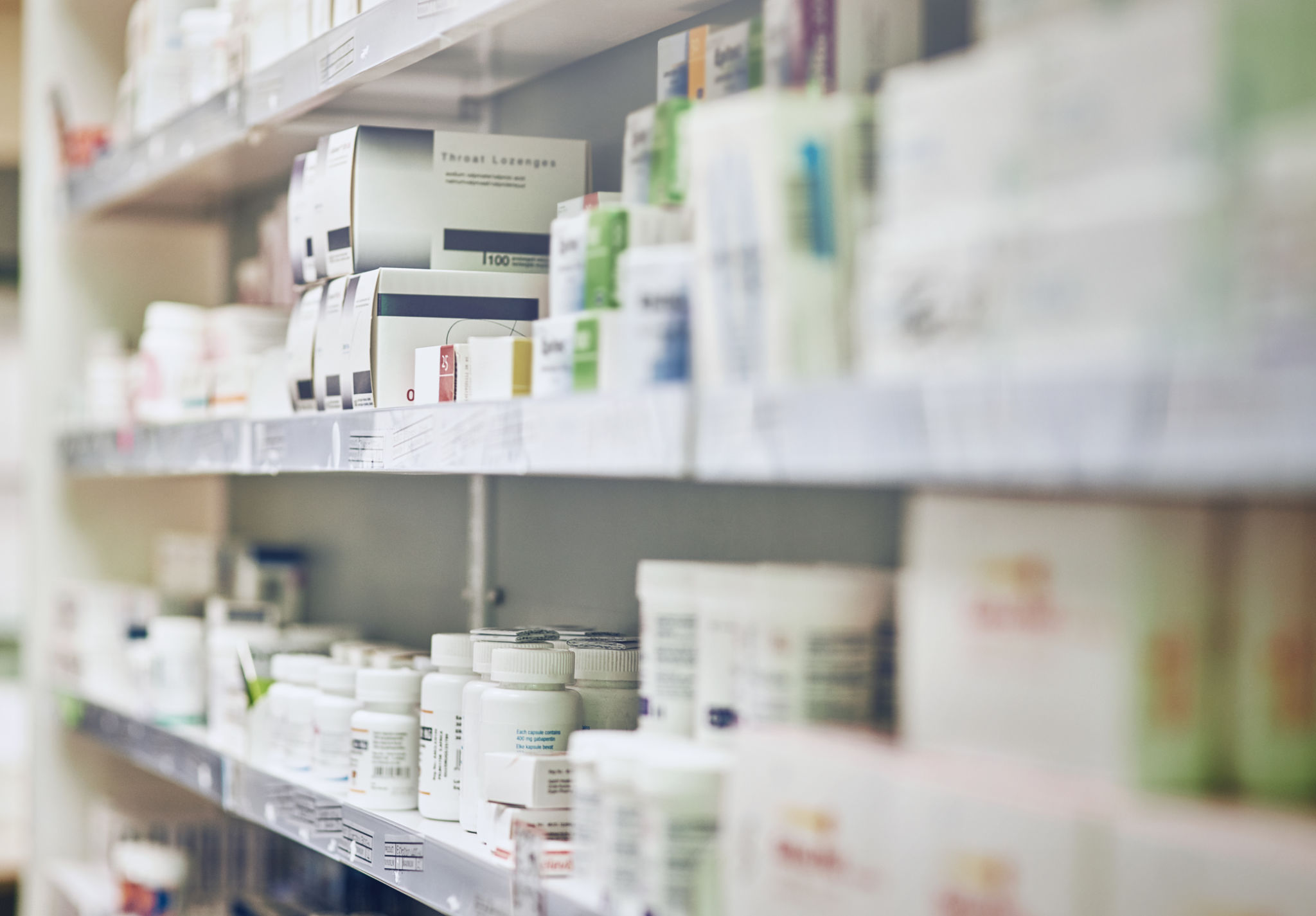Behind the Scenes: A Day in the Life of a Mobile Medical Team
Introduction to a Mobile Medical Team
Mobile medical teams play a crucial role in delivering healthcare services to remote and underserved areas. These dedicated professionals work tirelessly to ensure that everyone, regardless of their location, has access to essential medical care. But what does a typical day look like for these healthcare heroes? Let's take a closer look behind the scenes.
Early Morning Preparations
The day begins early for a mobile medical team. Team members gather at a central location to load their vehicles with necessary medical supplies and equipment. This includes everything from medications and bandages to portable diagnostic tools. Ensuring that all supplies are accounted for is vital, as access to additional resources can be limited once the team is on the move.

Traveling to Remote Locations
Once preparations are complete, the team sets off to their destination, often traveling long distances over difficult terrain. The journey can be challenging, requiring patience and resilience. During the drive, team members discuss the day's objectives, review patient records, and plan their approach to ensure that they can provide the best possible care upon arrival.
Reaching remote locations is not just about overcoming geographical barriers. The team must also navigate cultural differences and language barriers to effectively communicate with patients and community leaders. Building trust is essential for successful healthcare delivery.

Setting Up a Temporary Clinic
Upon arrival, the mobile medical team quickly sets up a temporary clinic. This could be in a school building, community center, or even outdoors under a tent. The adaptability of the team is key, as they must make the most of whatever space is available. Each member of the team has specific responsibilities, from setting up examination areas to organizing patient registration.
The clinic must be functional and efficient, allowing for a smooth flow of patients throughout the day. The team works diligently to create a welcoming environment where patients feel comfortable and cared for.

Providing Essential Healthcare Services
With the clinic ready, the team begins providing a wide range of healthcare services. Common tasks include conducting check-ups, administering vaccinations, and providing health education. In some cases, the team may also perform minor surgical procedures or deliver babies in emergency situations.
- Conducting routine examinations
- Administering medications and vaccines
- Offering nutritional and hygiene advice
- Providing prenatal care and family planning services
Each interaction is an opportunity to educate patients about preventive care and healthy lifestyles, empowering them to take charge of their health long after the team has moved on.
End-of-Day Reflections and Challenges
As the day comes to an end, the team packs up their equipment and reflects on the day's achievements and challenges. They discuss what went well and identify areas for improvement to enhance future operations. Despite the long hours and demanding conditions, there is a sense of fulfillment in knowing that they have made a significant impact on the lives of those they served.

The Impact of Mobile Medical Teams
Mobile medical teams are an invaluable asset in bridging healthcare gaps worldwide. By bringing medical services directly to communities in need, they help reduce health disparities and improve overall public health outcomes. Their work demonstrates that with dedication and innovation, healthcare can be accessible to all.
The commitment of these teams extends beyond medical care; they foster hope and resilience within communities, reinforcing the belief that everyone deserves quality healthcare, no matter where they are. Their efforts are a testament to the power of compassion and perseverance in creating healthier societies.
